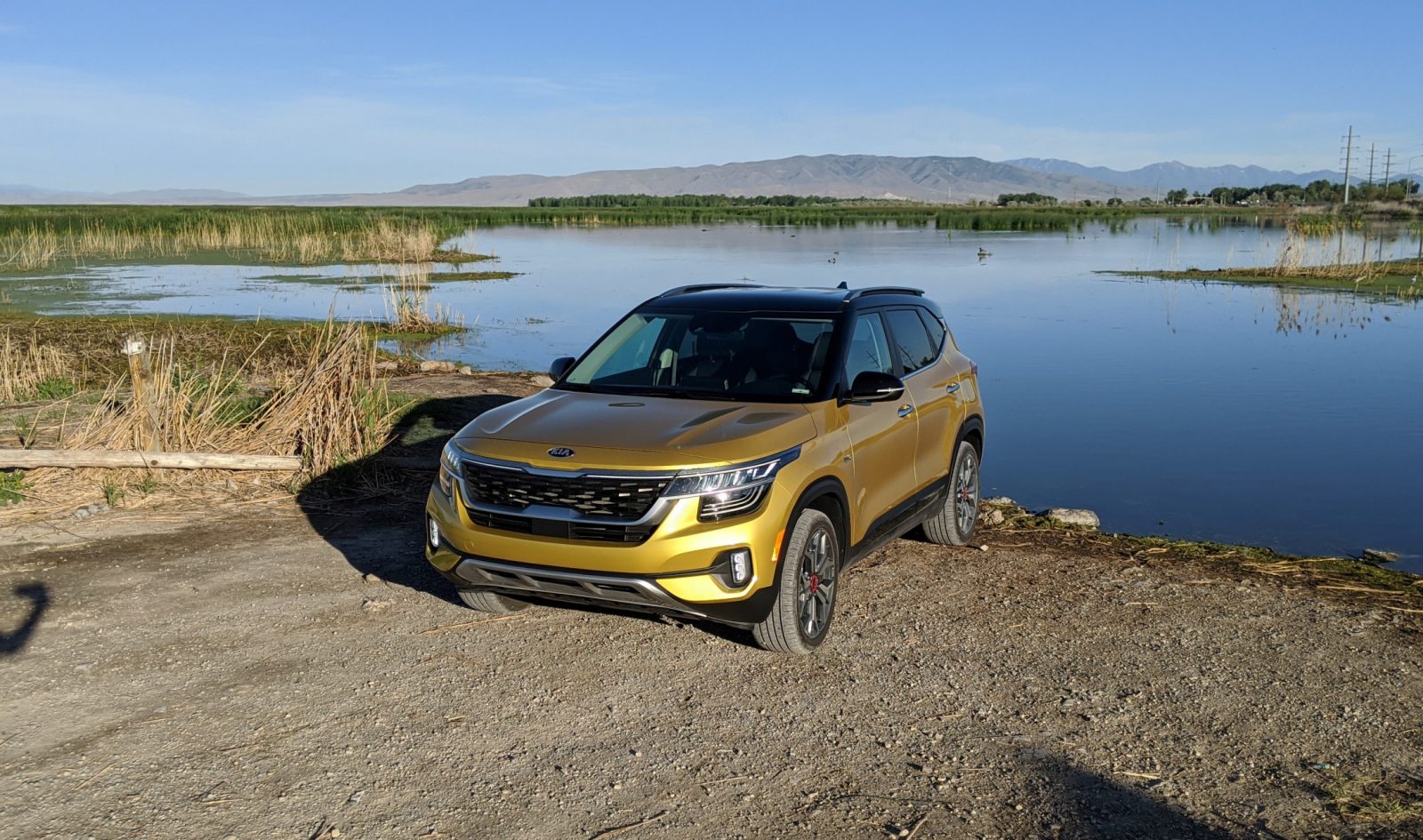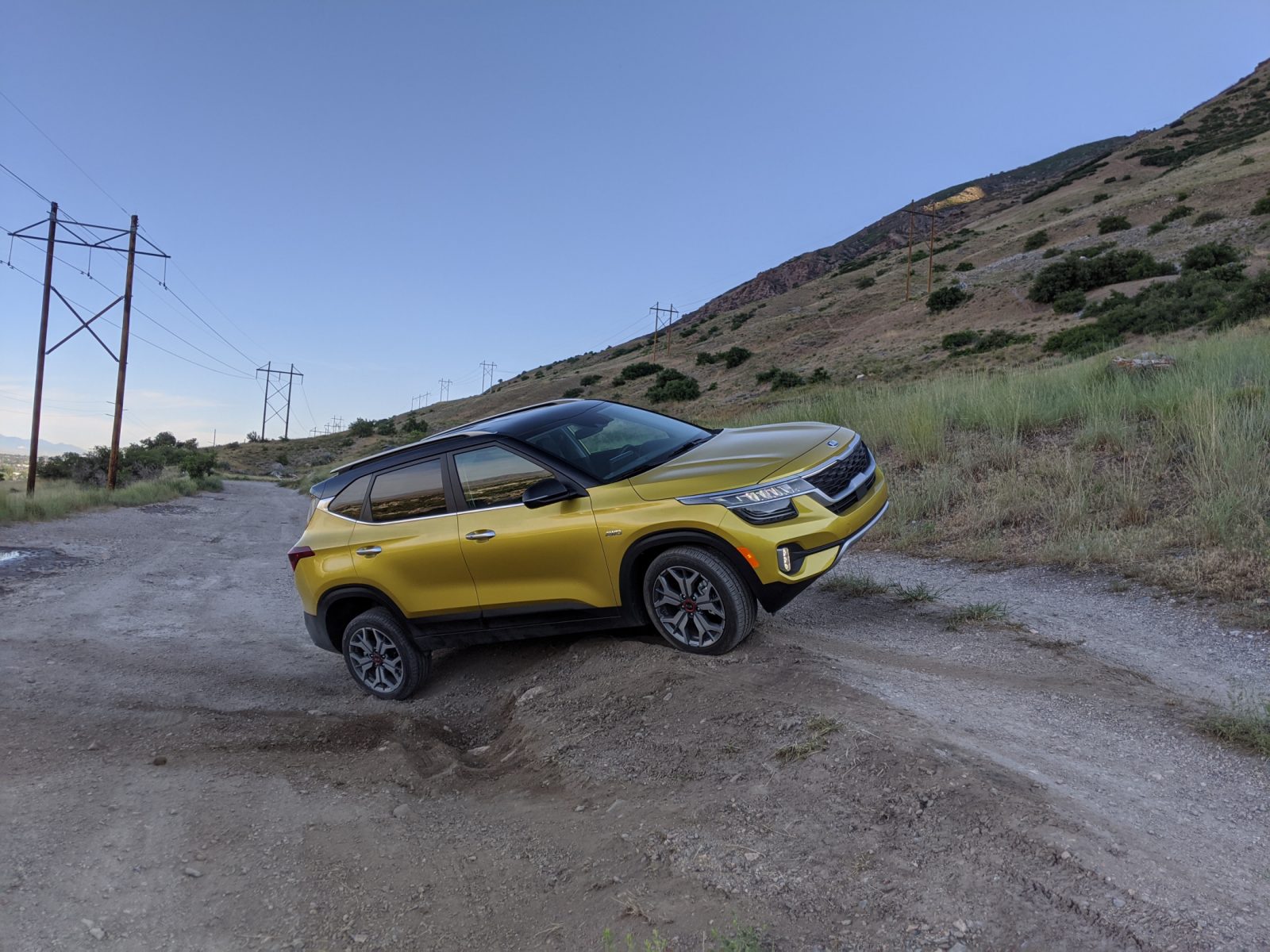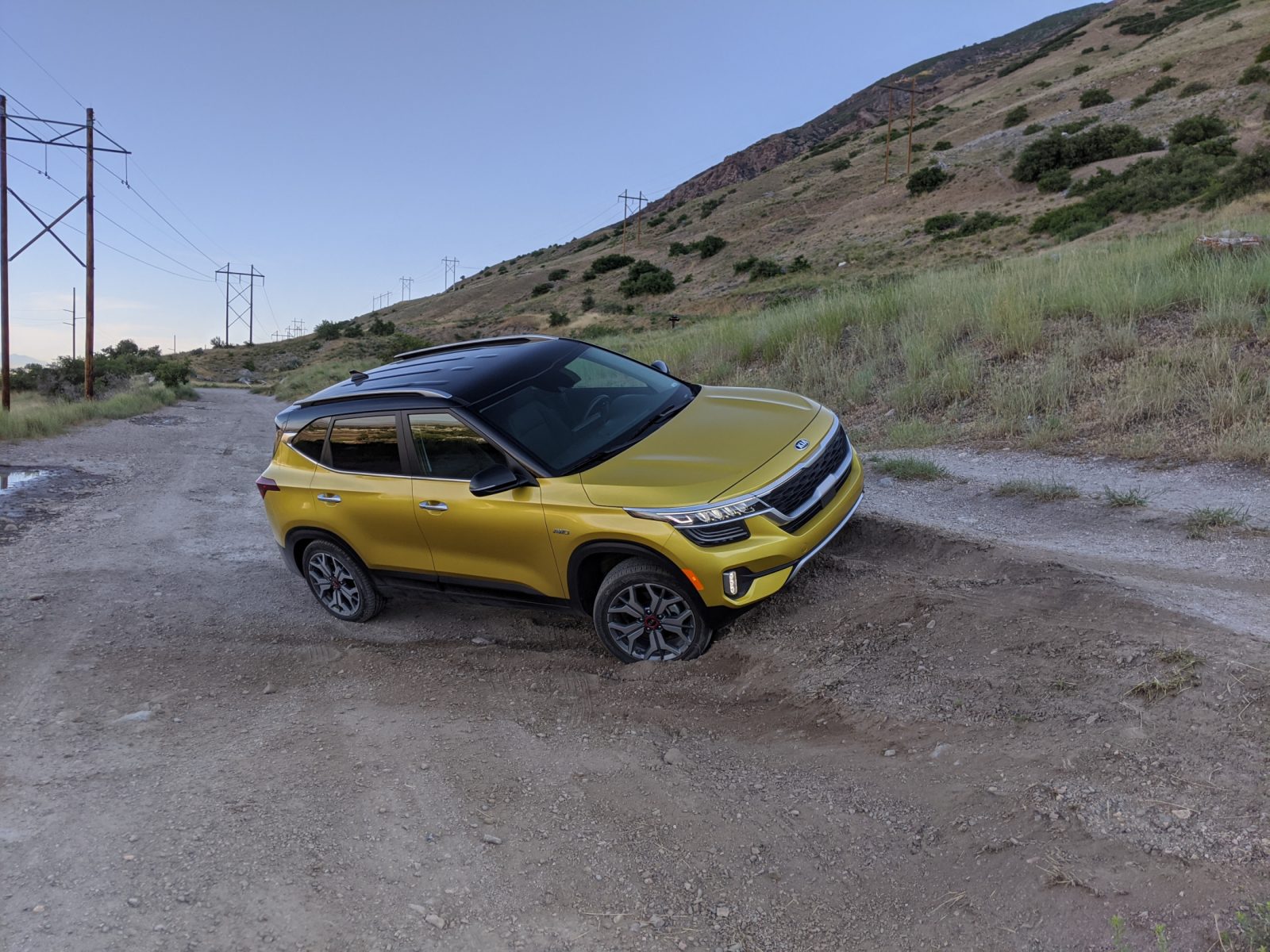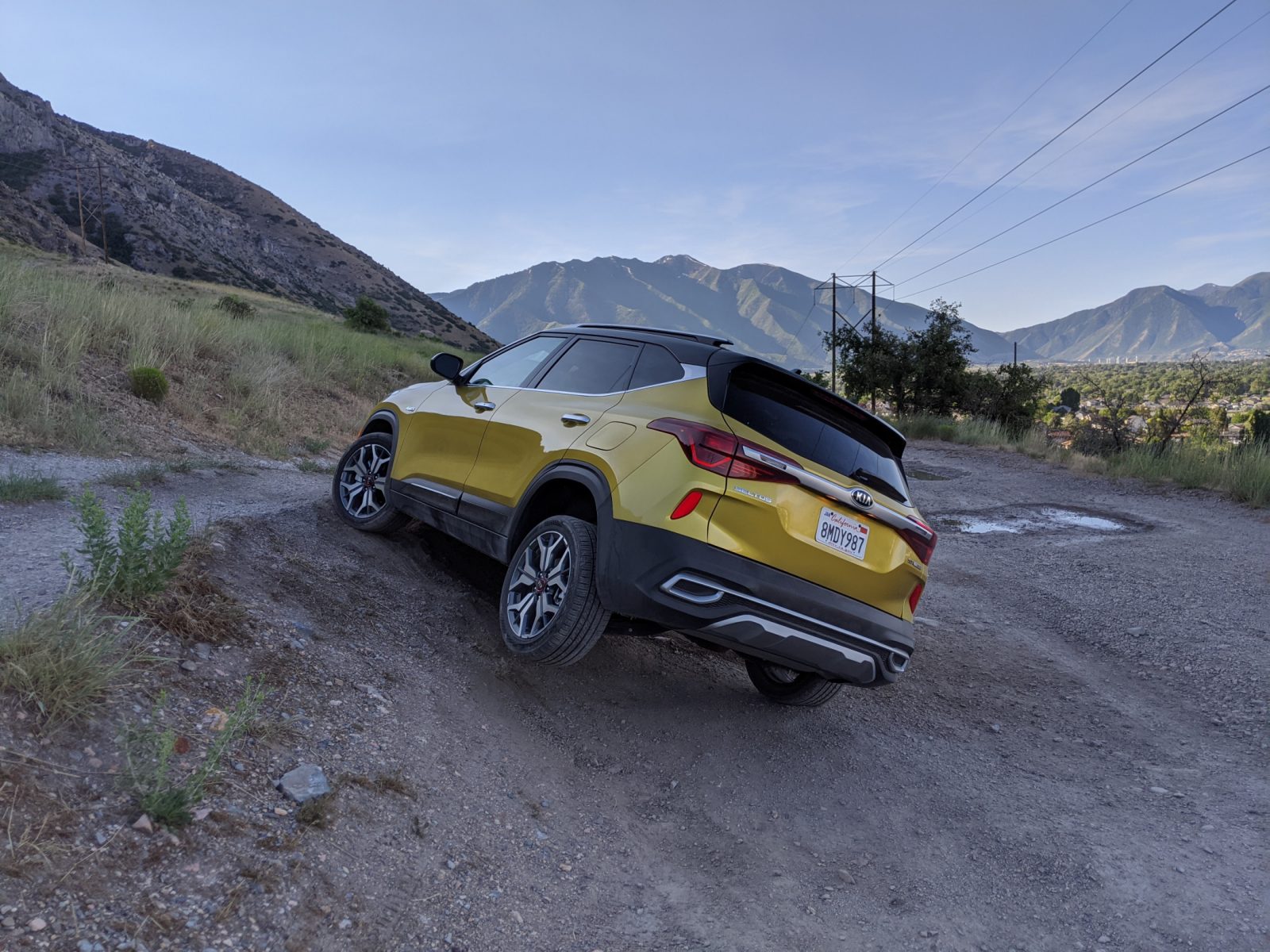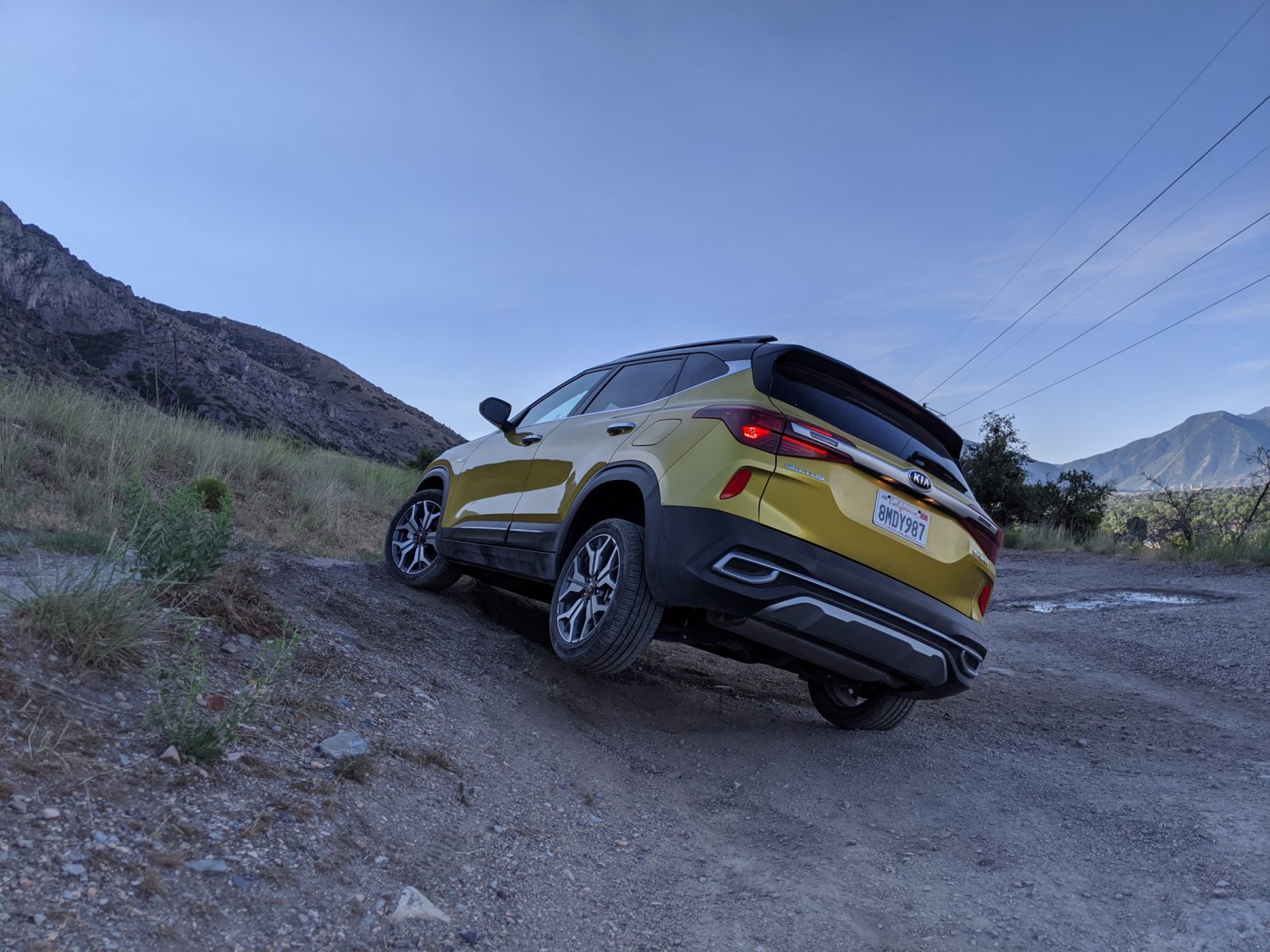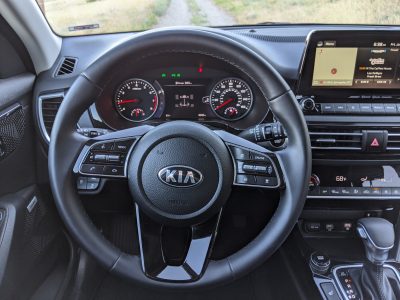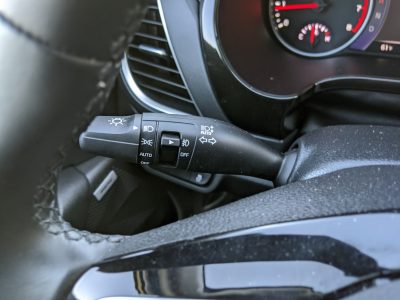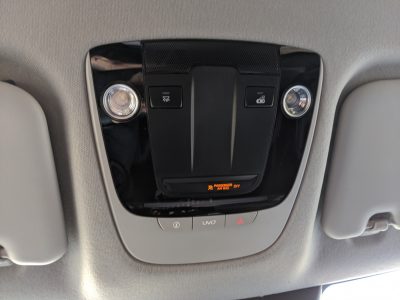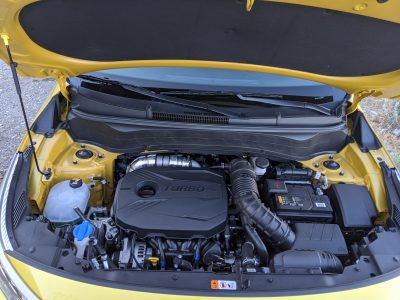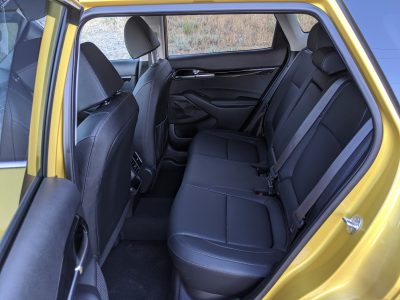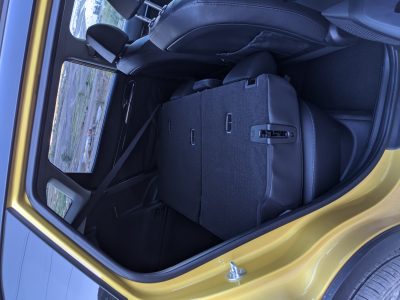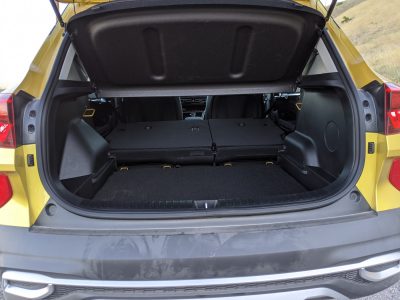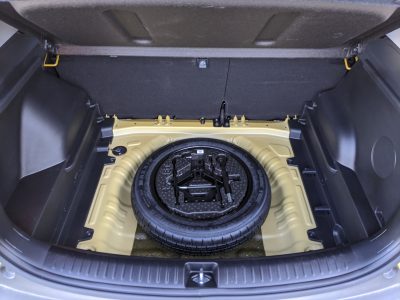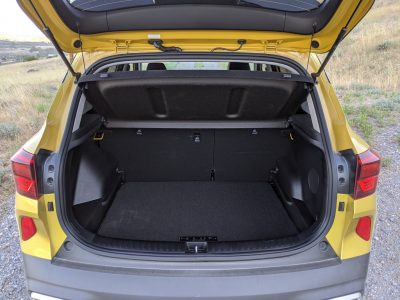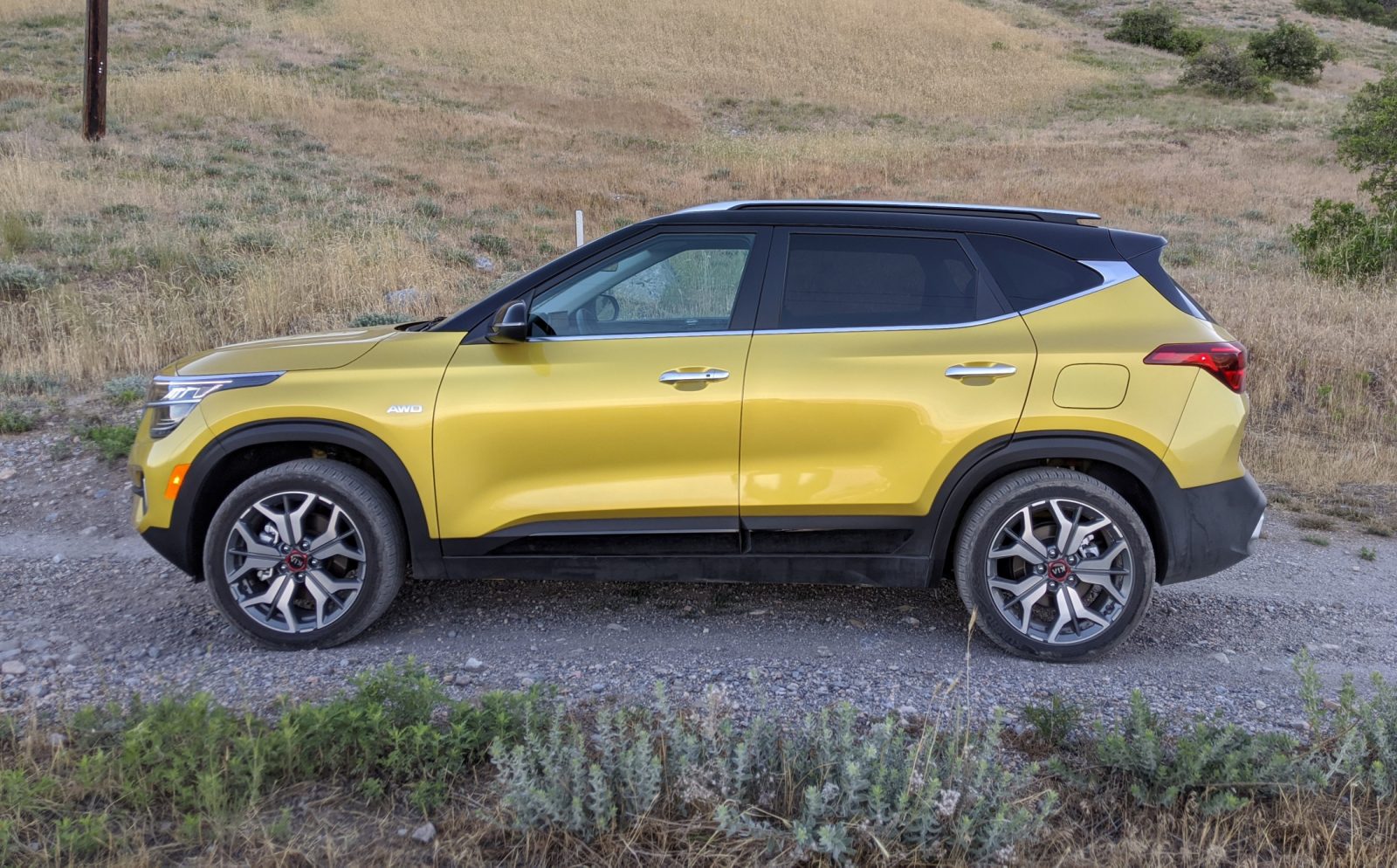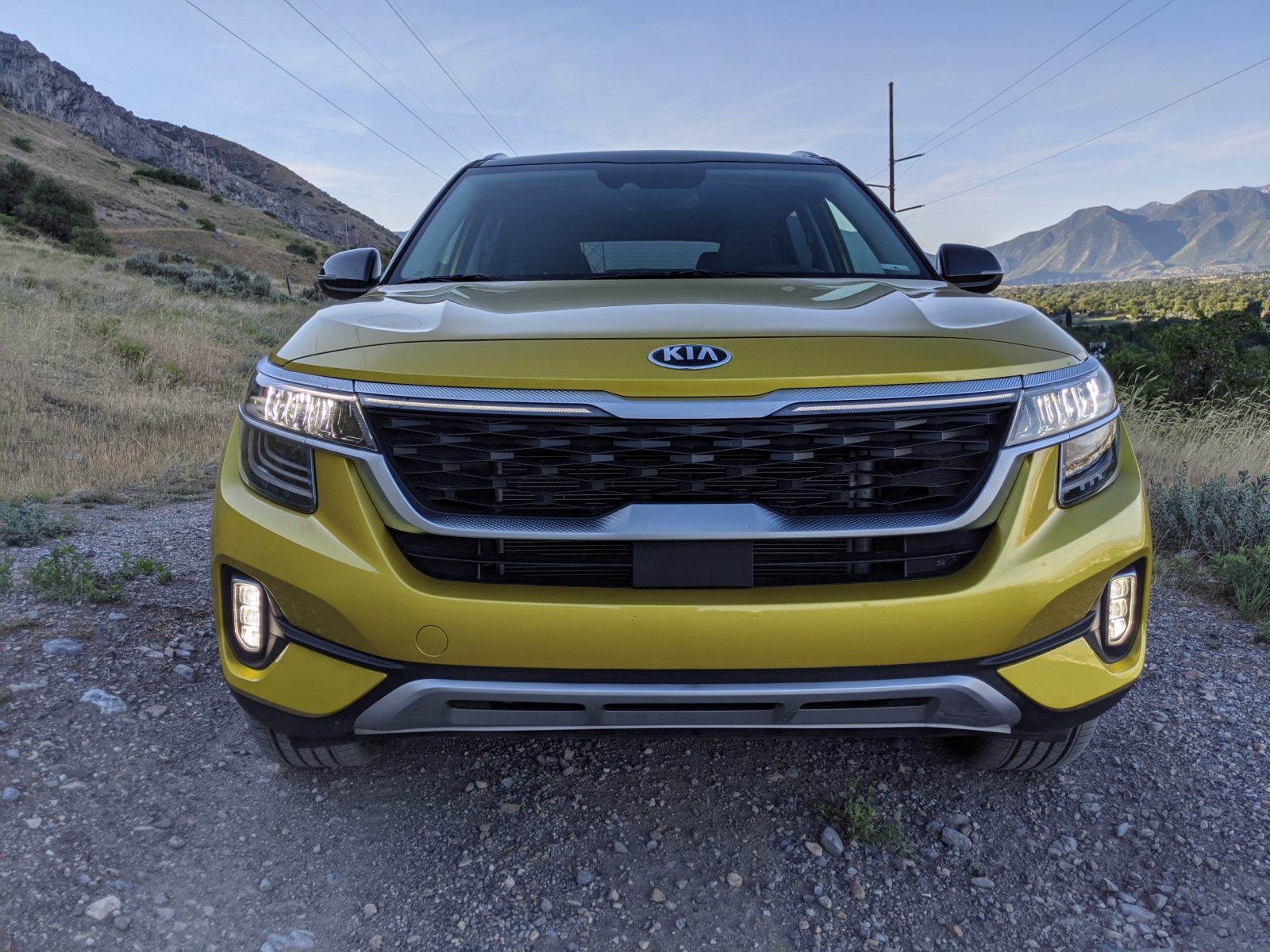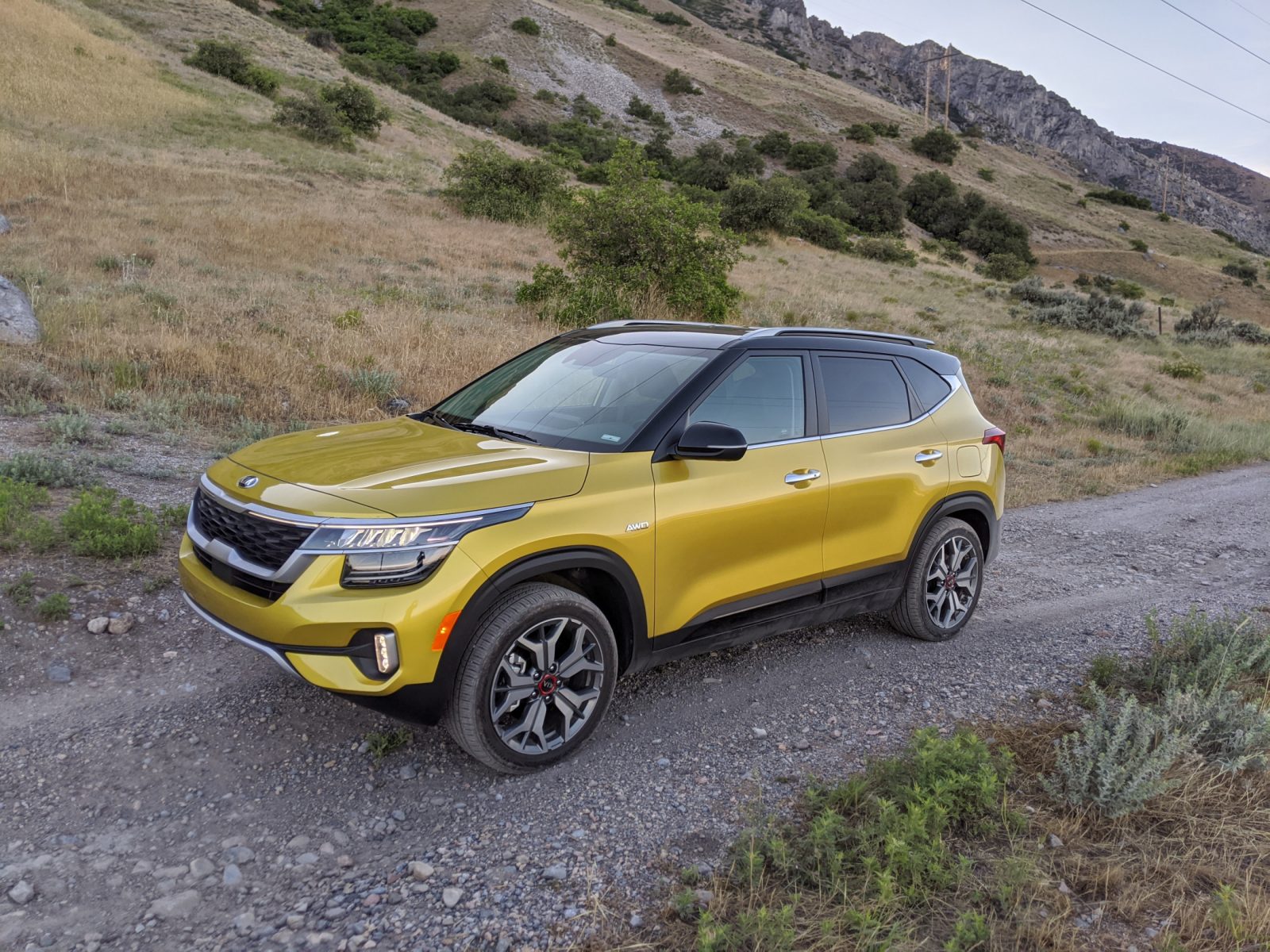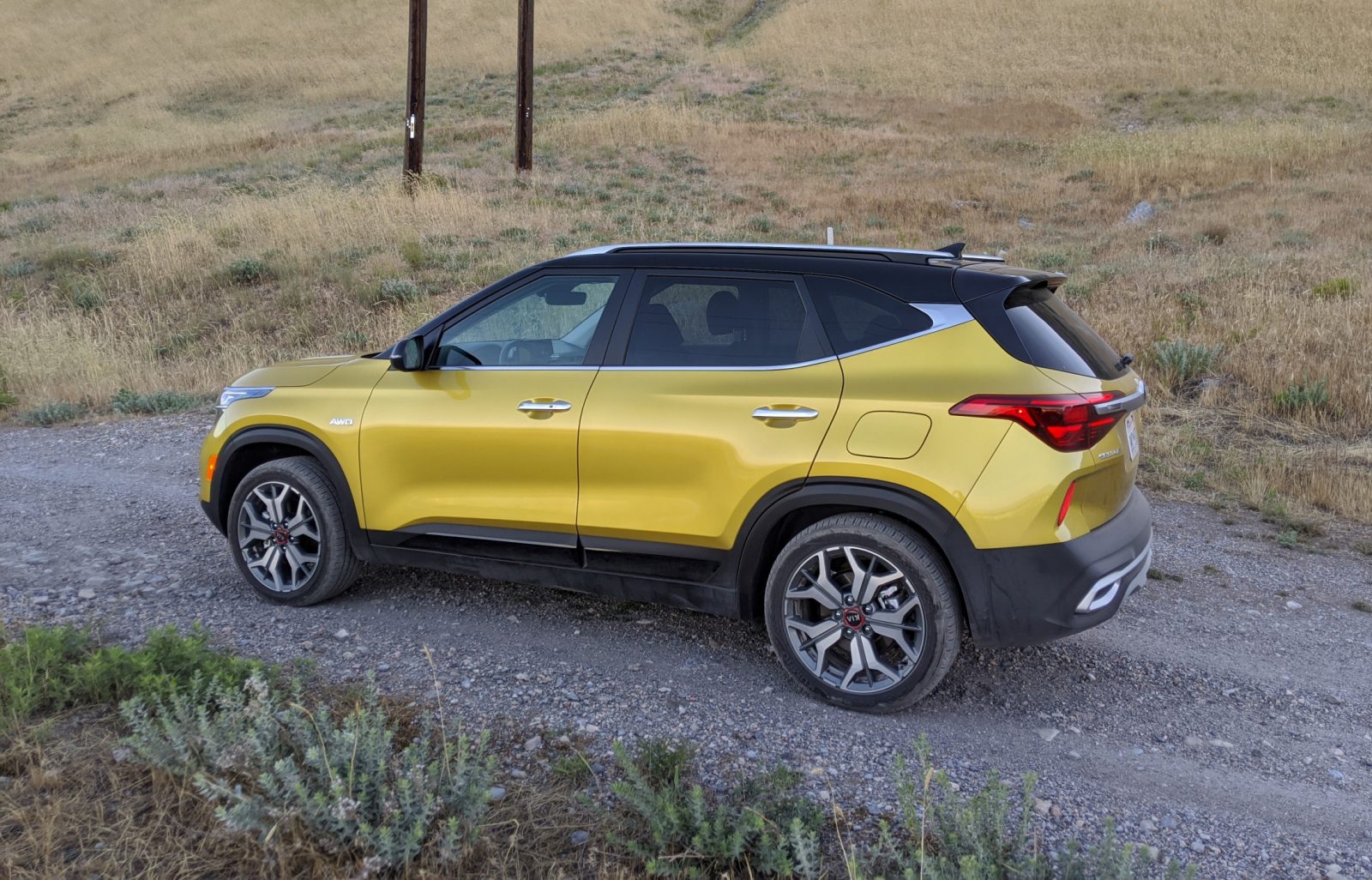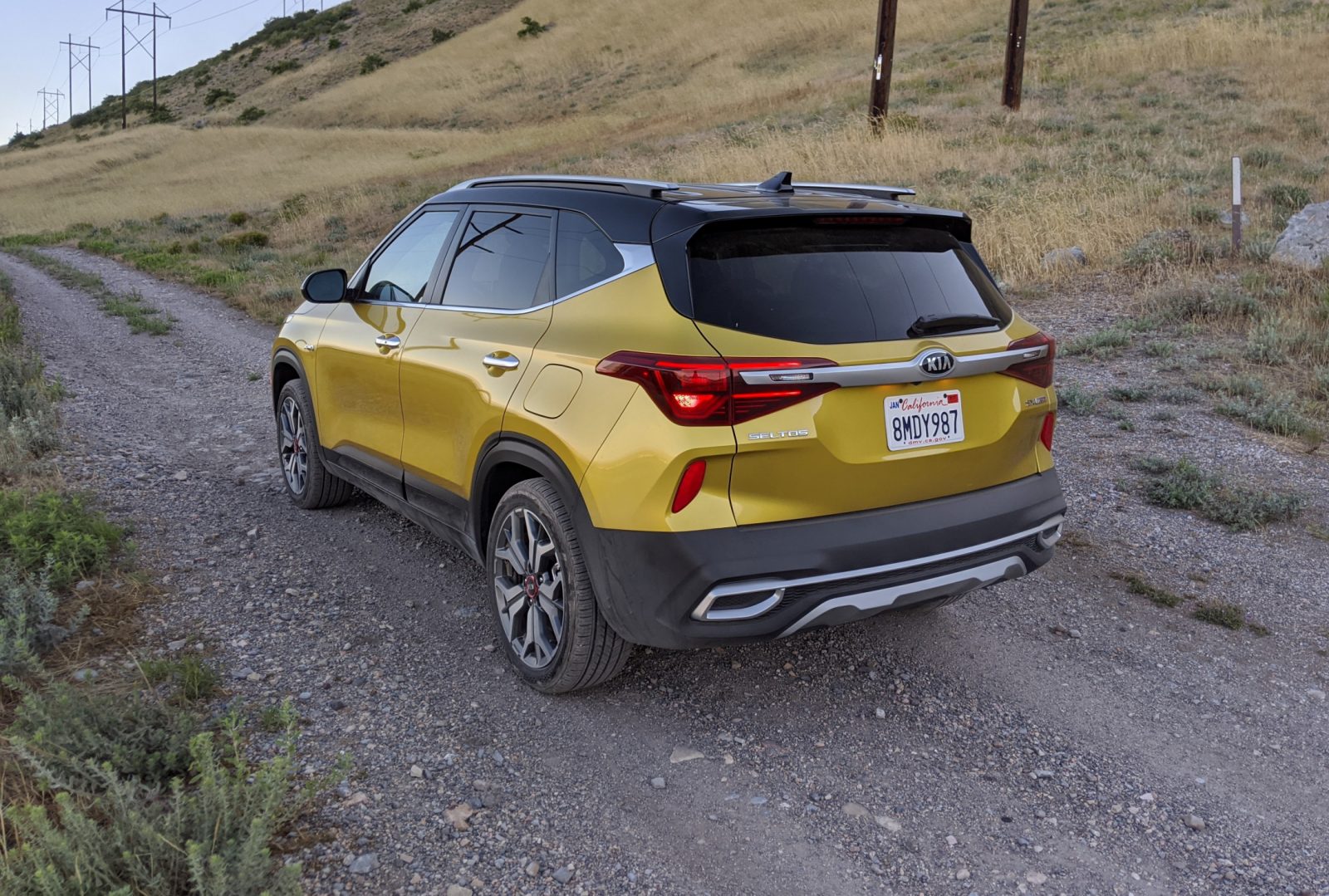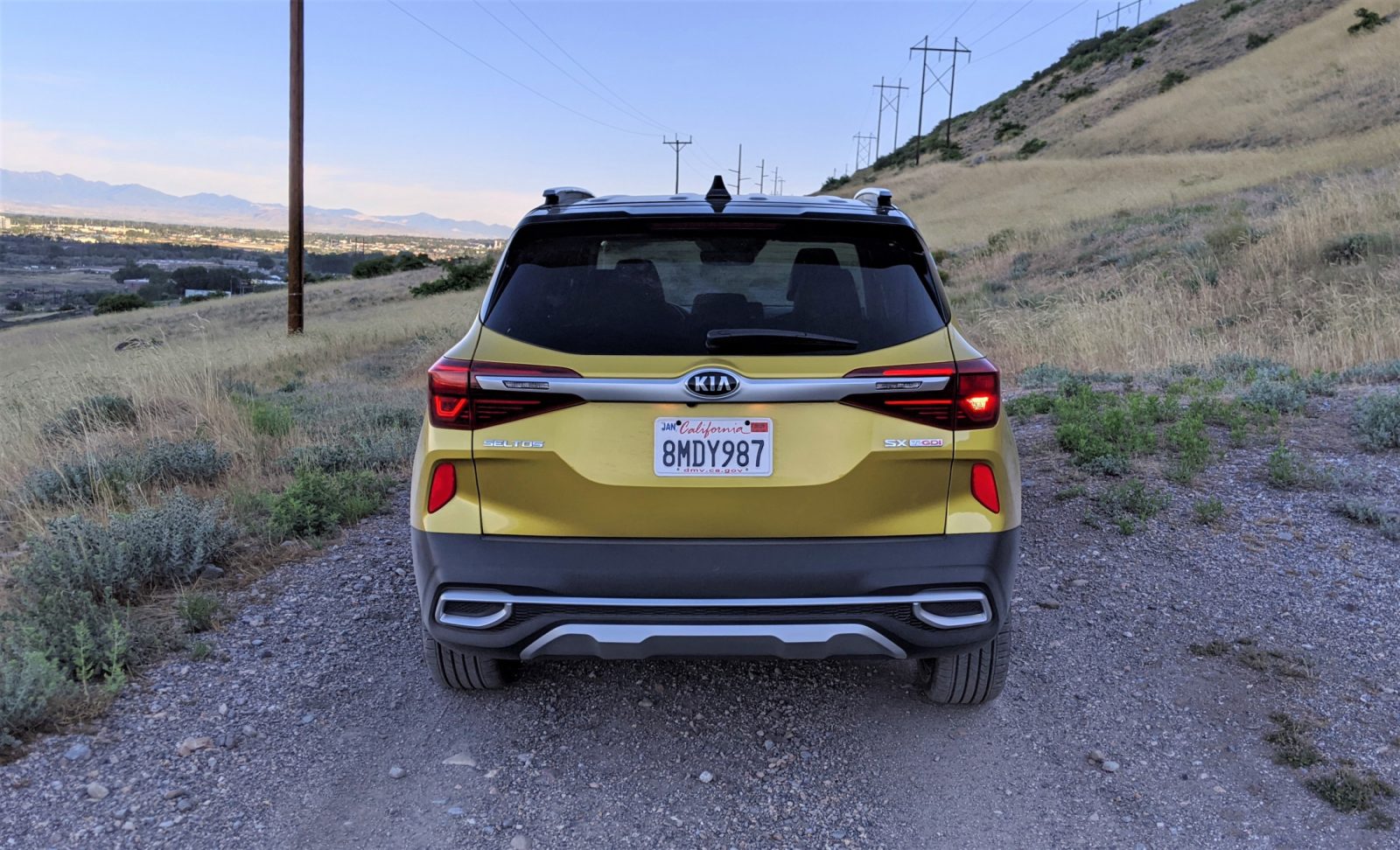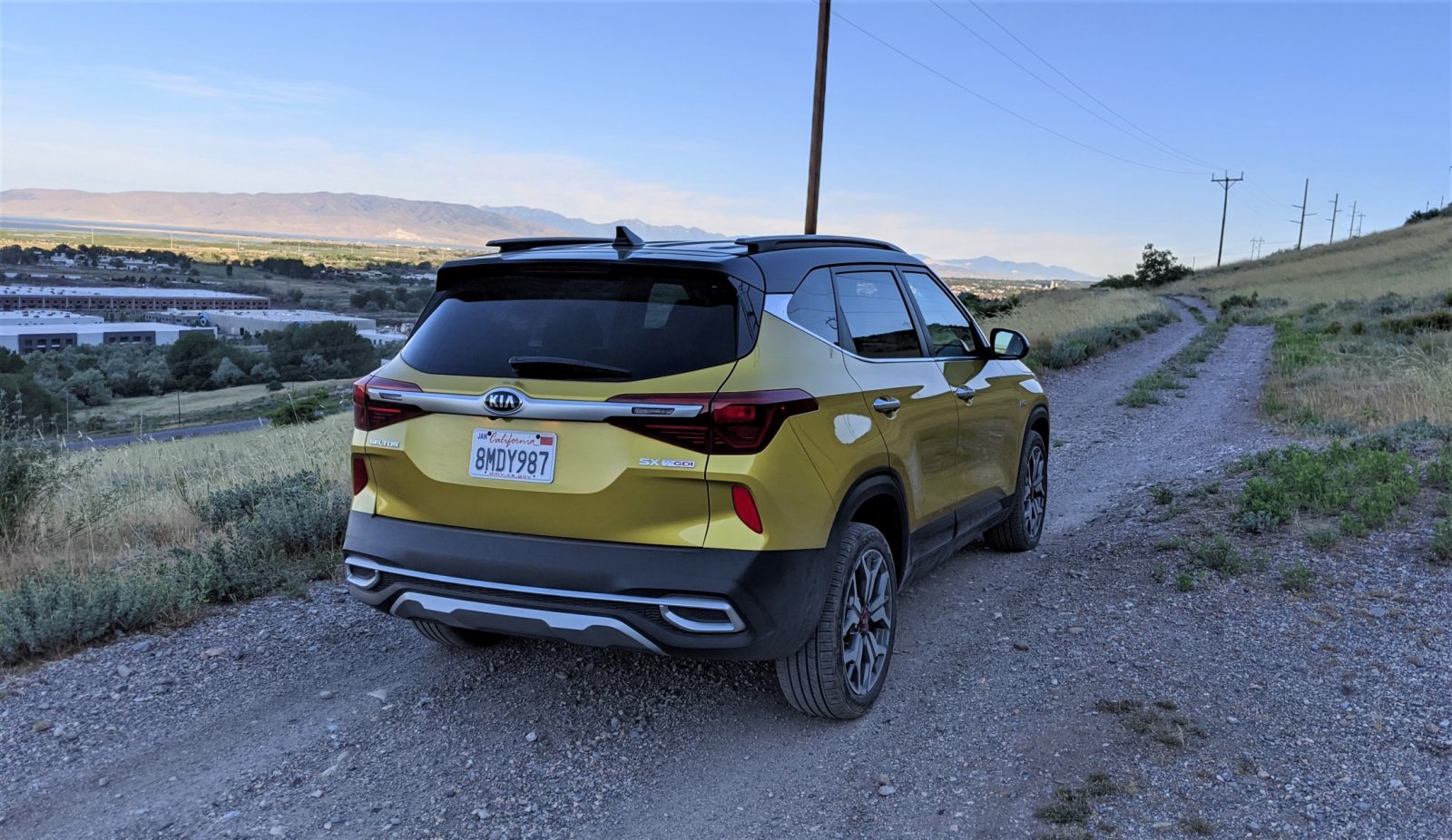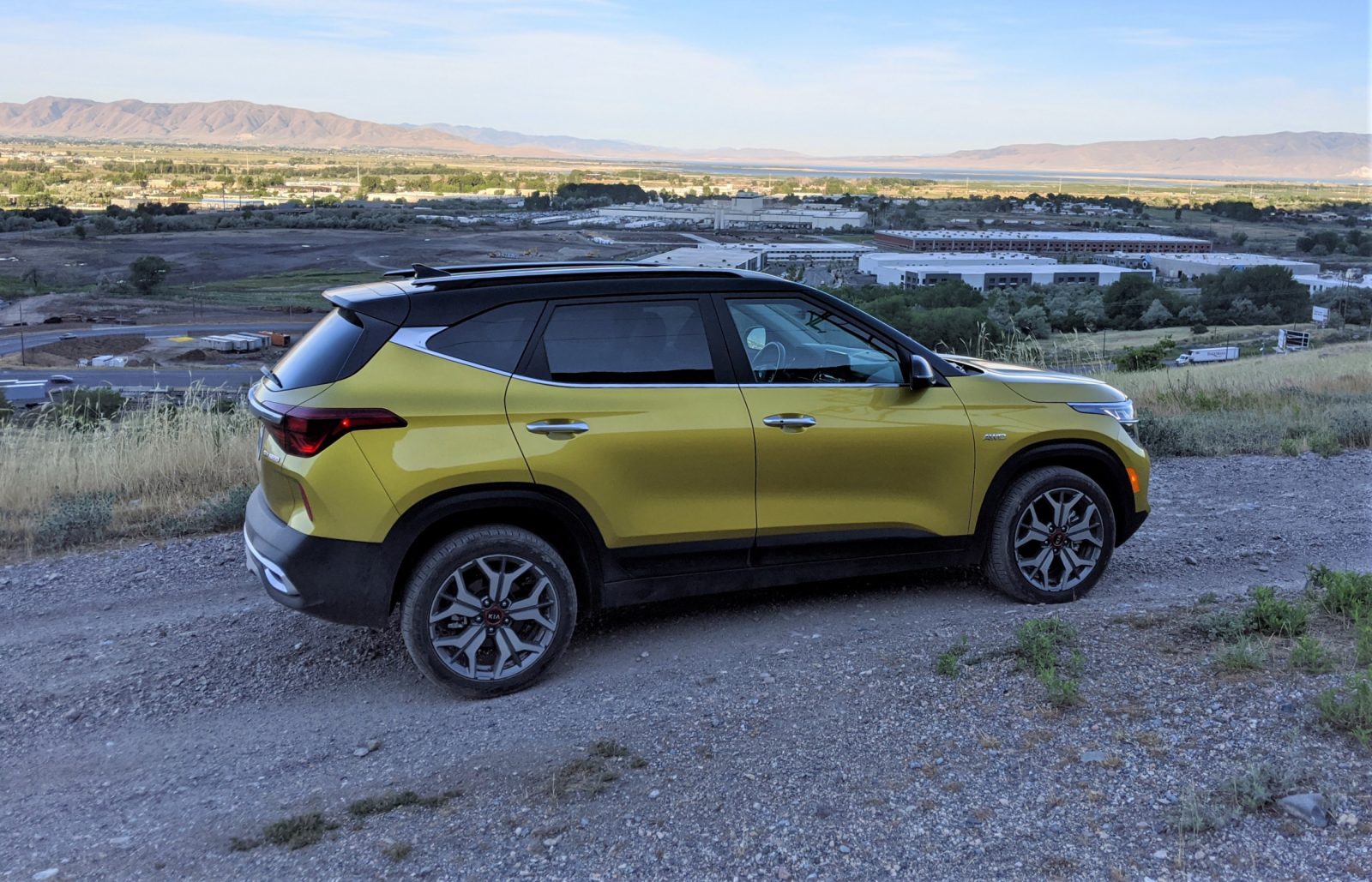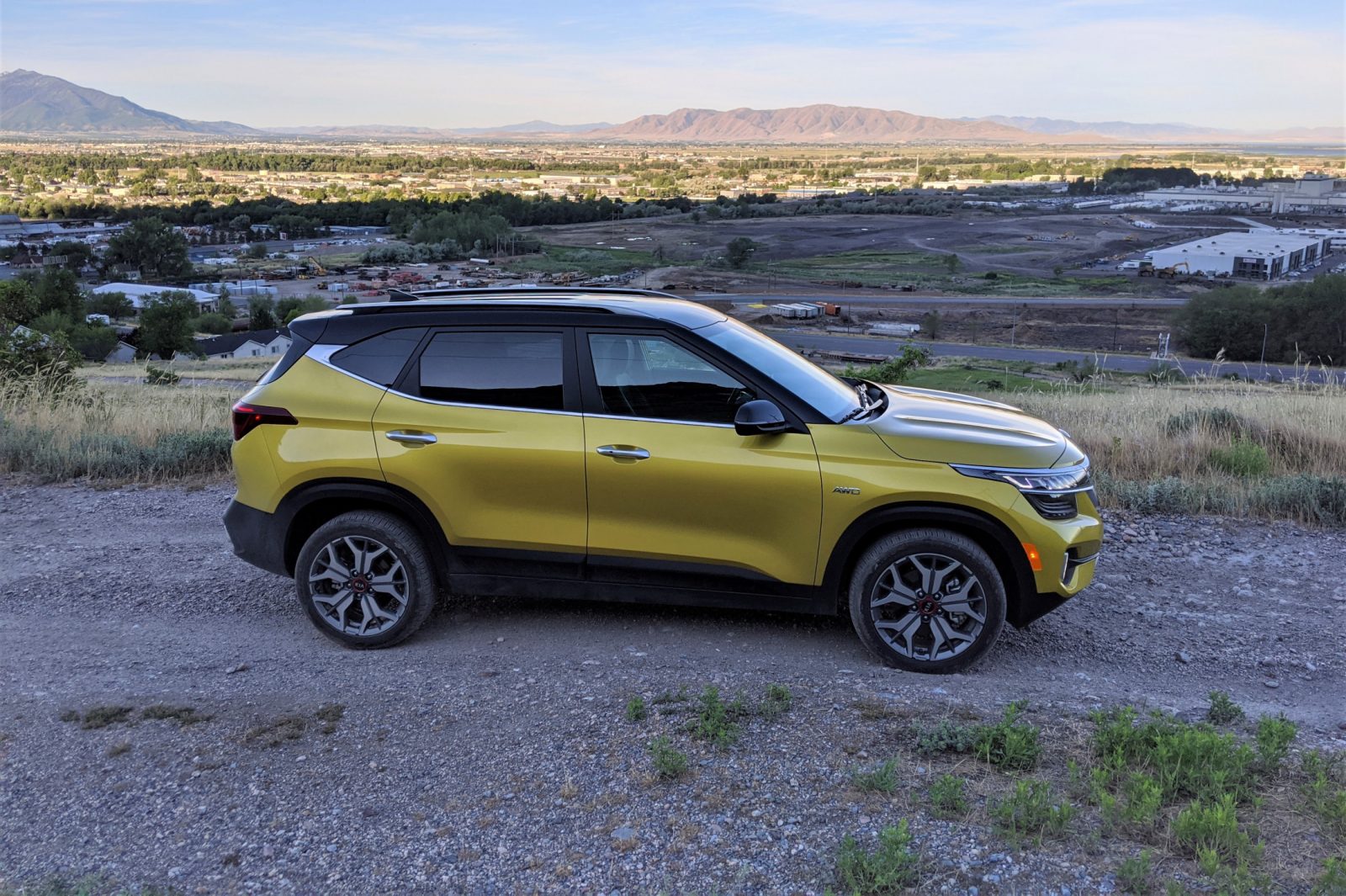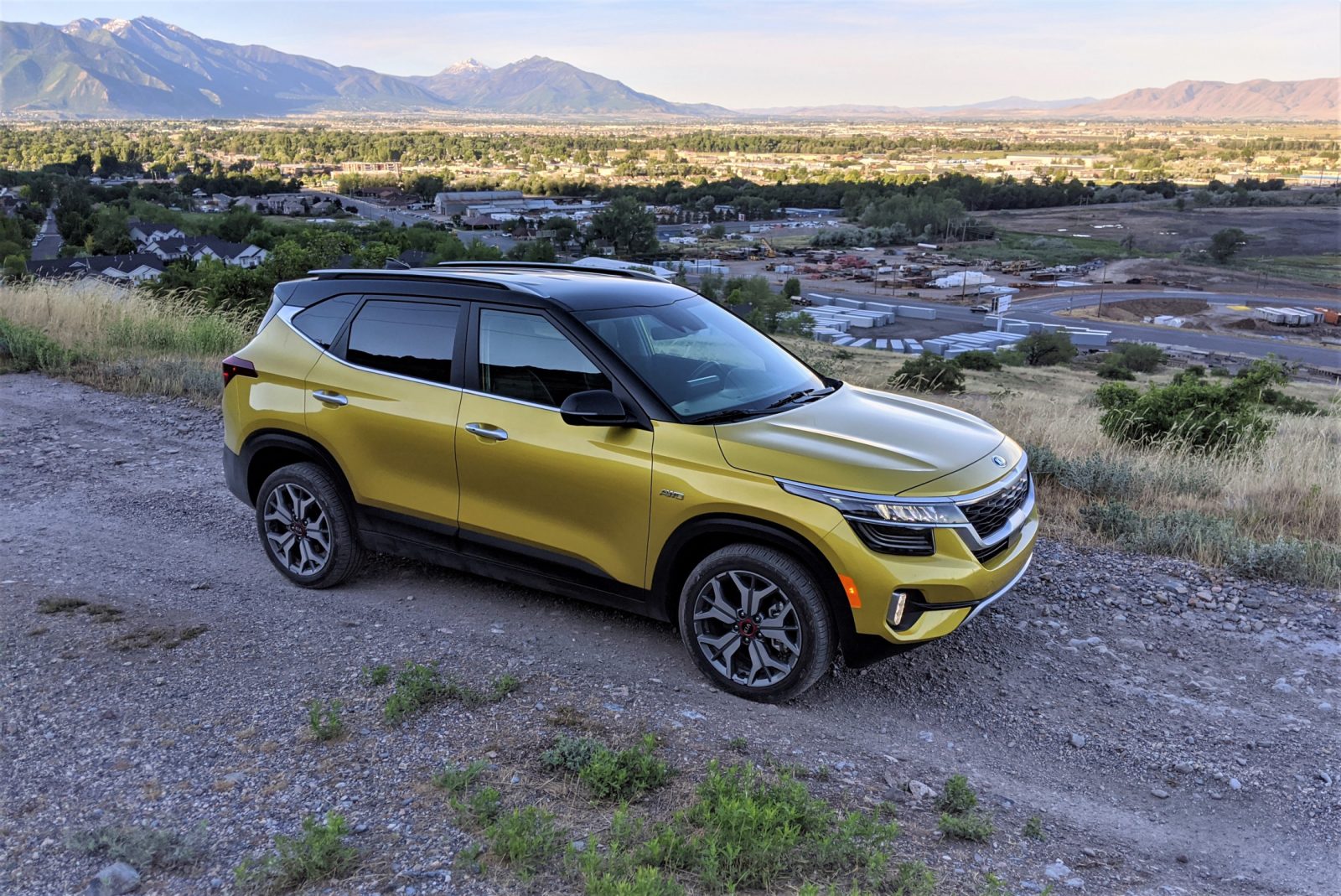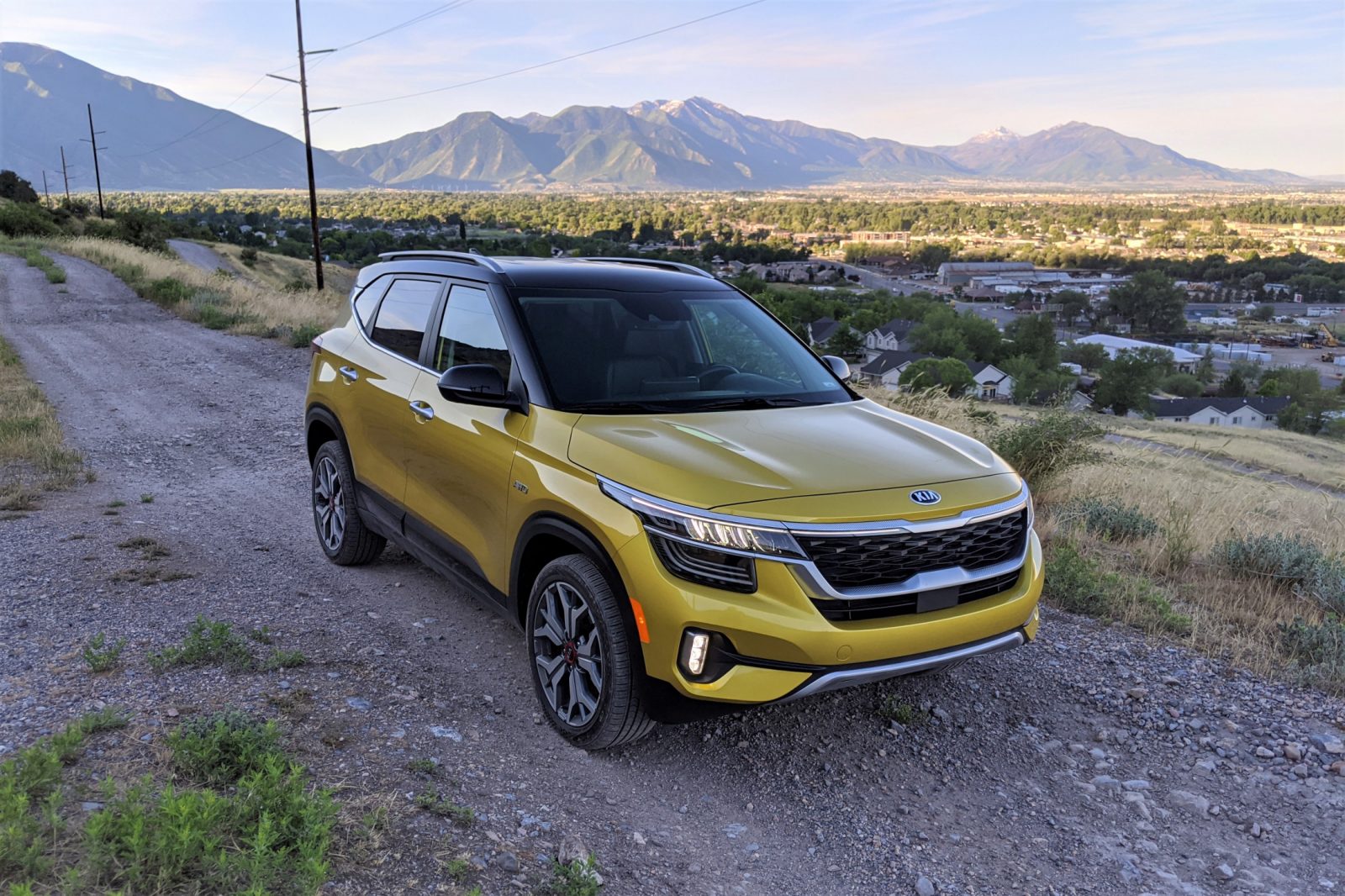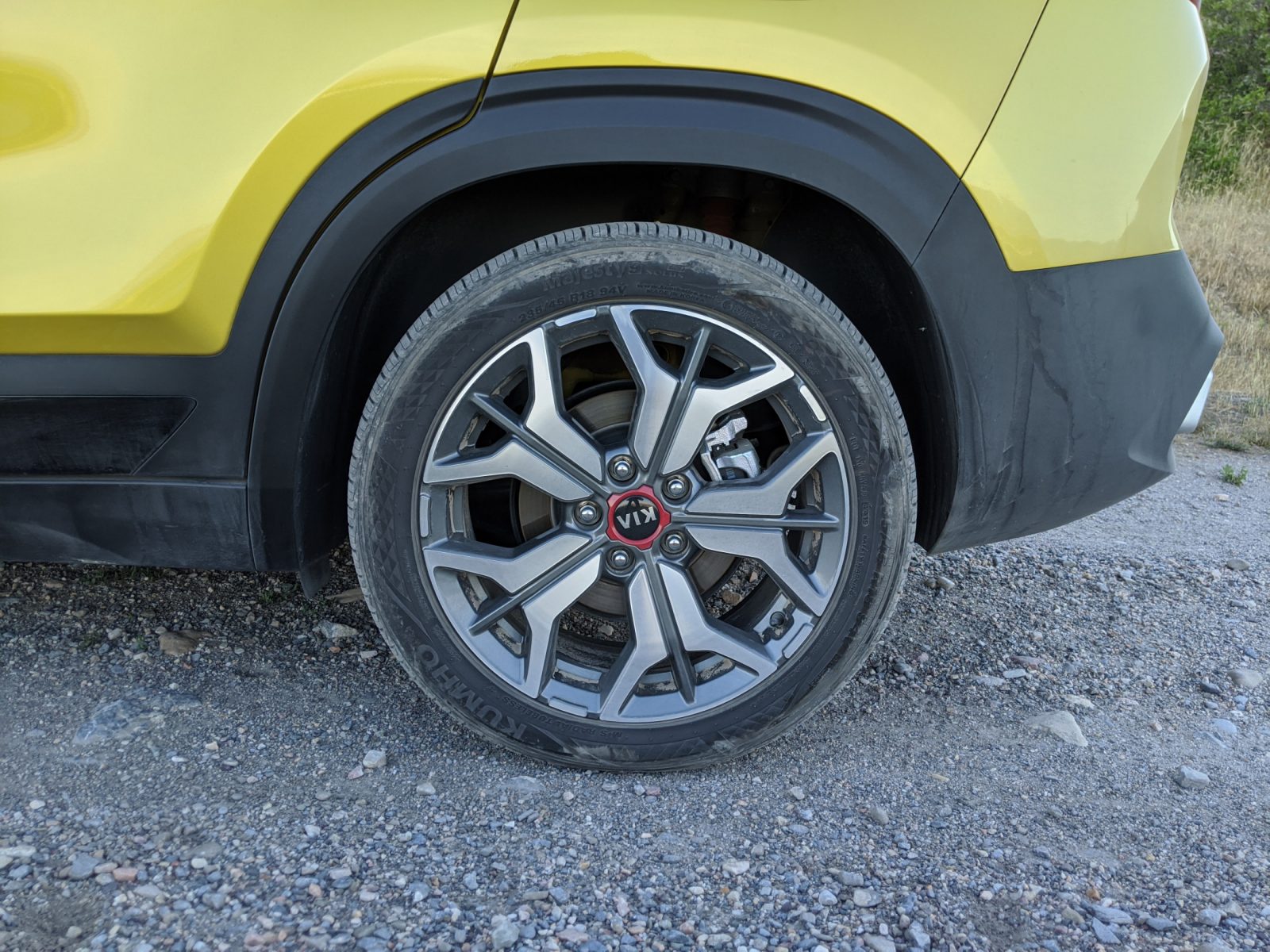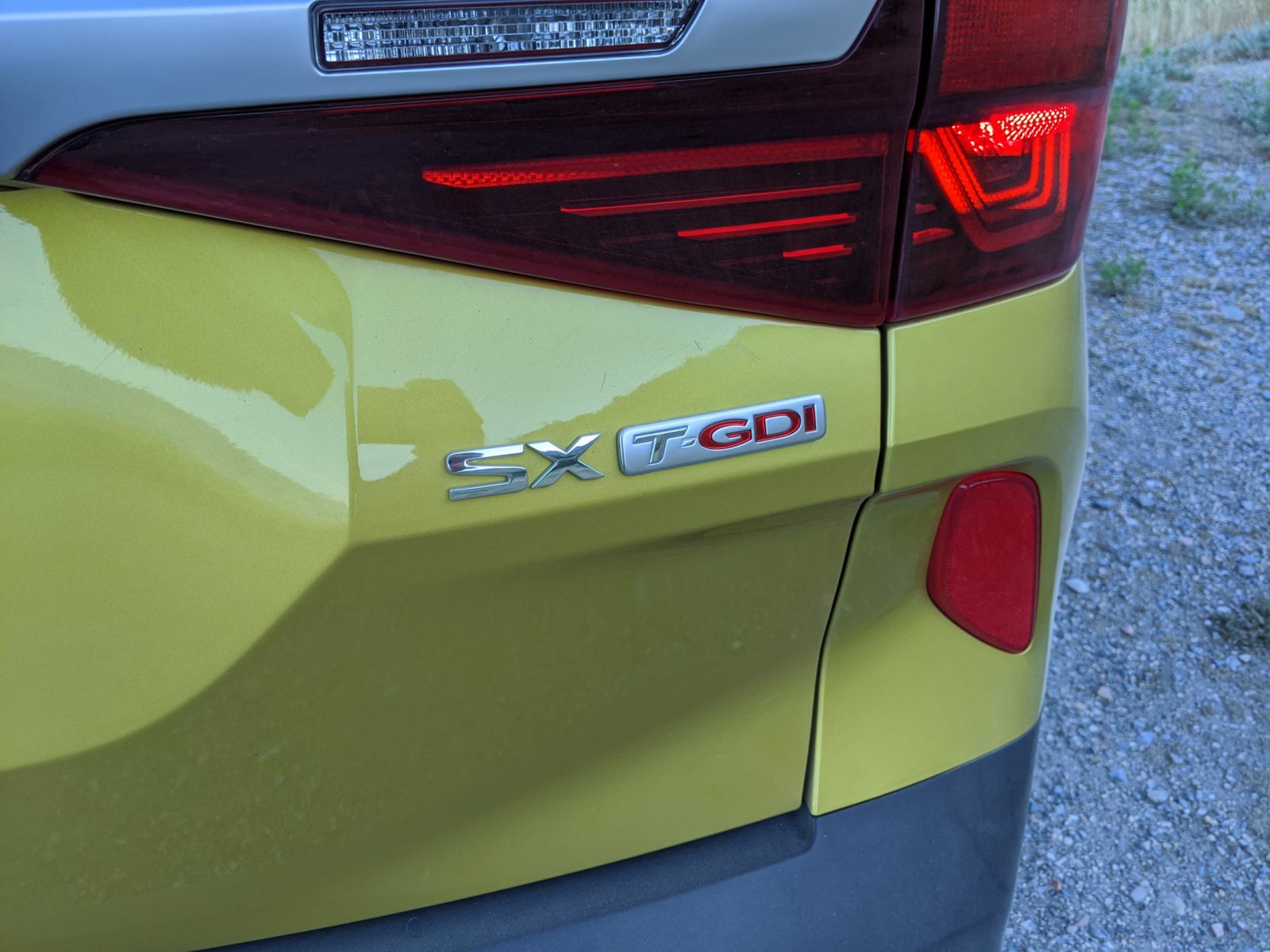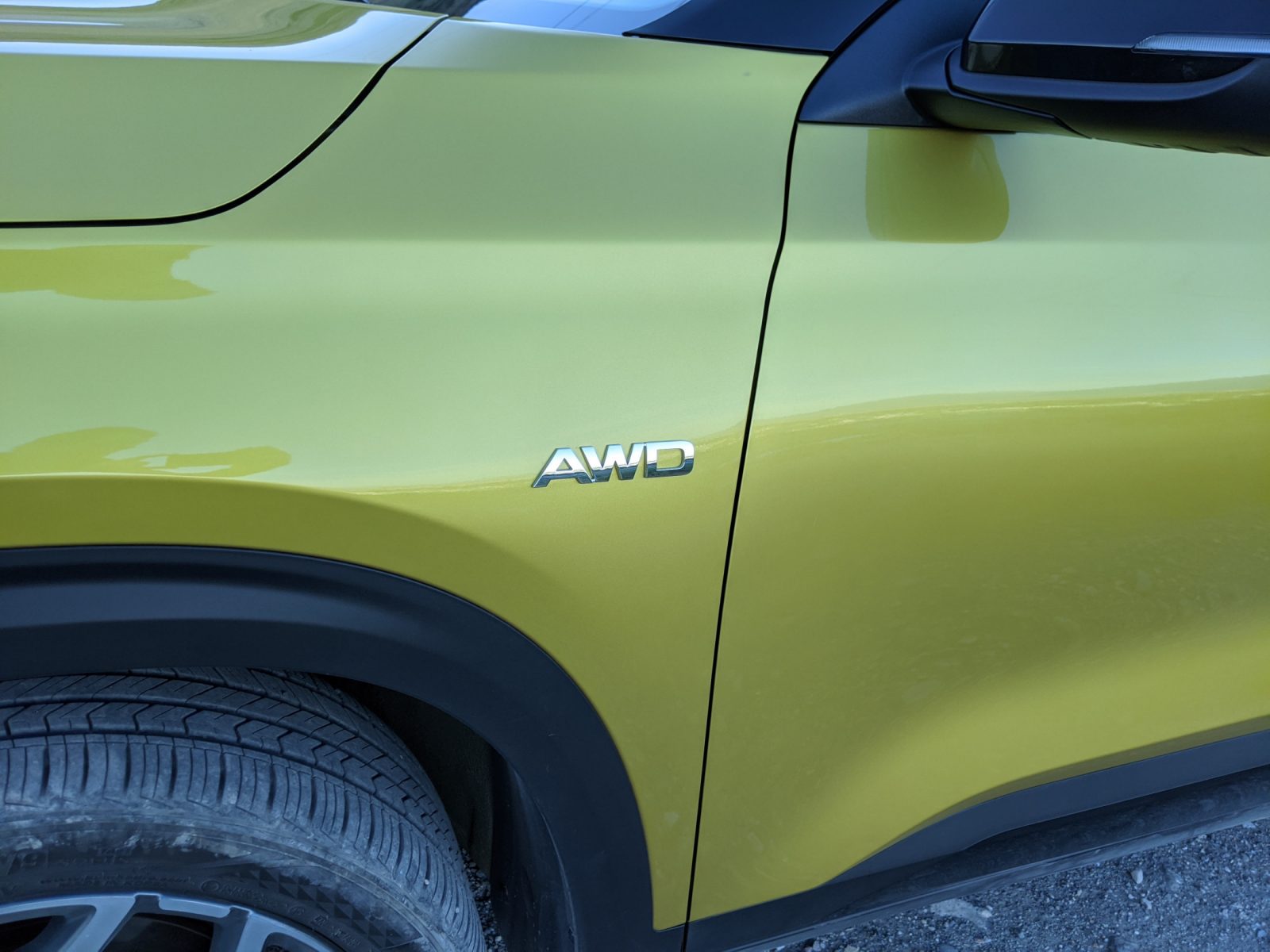Kia is at it again!
The new-to-market 2021 Seltos is another attempt from Kia to bring a well-equipped and capable crossover to market at a great price. Like the Telluride, the Seltos has an opportunity to disrupt the market.
We have previously tested the base Seltos S FWD and quite enjoyed it. Now, Kia has sent us the Seltos SX Turbo AWD for review of a top trim sub $30,000 small crossover.
Intro Video
Overview
Seeing the differences between the base model and top trim model is always a good thing when purchasing a new vehicle. It’s a good way to see what options are needed, what is wanted and what is over the top.
There are two things on the SX Turbo we would definitely upgrade to from the base S FWD: The turbo charged engine and the AWD system.
Jumping from 146 hp and 132 ft-lb of torque up to 175 hp and 195 ft-lb of torque is significant for such a small vehicle. It brings the 0-60 time down from 10 seconds in the NA engine, to 7.3 seconds in the turbo. The torque comes on strong at low RPM and the turbo lag is hardly noticeable.
AWD for the Seltos is similar to the Dynamax AWD system used on the Telluride. There is a clutch between the rear differential and rear driveshaft which can apply pressure as needed to the rear wheels, or completely disconnect for highway cruising. When the center diff lock button is engaged, the system applies the maximum amount of force to the clutch so that it can essentially have a locked center differential.
Other nice features on the SX are the 10.25-inch infotainment screen, Bose audio, heated leather seats up front, and the suit of safety technology features.
On-Road
One advantage of the AWD versions is that brake-based torque vectoring is included. Brake based torque vectoring systems aren’t as efficient or fun as systems that are able to apply more power to one side than the other. Knowing that, we still found the system to work quite well, but sometimes it was slightly delayed.
Just like the S FWD trim, the SX Turbo is comfortable and controlled on the road. It has a quiet enough interior that is more on par with the rest of the class than above it. The front seats are comfortable with plenty of amenities, but somehow left off the list of options for the US are ventilated front seats. Riding in the back, the seats aren’t as comfortable and there is only one USB port for all three seats.
Handling is crisp, firm, and direct. Acceleration is smooth and the 7-speed dual clutch automatic’s shifts are crisp. The AWD system transfers power seamlessly where it needs to be, and when it needs to be there. Overall, we had no qualms with the on-road driving characteristics of the Seltos.
Off-Road
Our off-road tests demonstrate not only off-road ability but all-weather ability as well. The first of three tests we run is how a vehicle handles a high-speed dirt and gravel roads. The Seltos performed admirably on the well-maintained sections of the road. It was easy to control and there was no floatiness in the steering or handling.
As things got bumpy, we had to reduce speeds to below our 20-mph target to keep the suspension from bottoming, and topping, out. The independent front and rear suspension isolates the small bumps very well, but it also limits travel over the larger ones.
The second test is a small articulation hill, which demonstrates how much wheel travel there is and how well power is transferred to the wheels with traction. Here we also test the various drive modes available in the vehicle. In the Seltos there are three: Normal, Smart, and Sport.
As far as wheel articulation goes, there is very little in the Seltos. The independent suspension isn’t designed for a lot of wheel travel, and the compact size of the crossover is such that it would be very difficult to have a long travel suspension.
One thing we noticed is how immediate the power is transferred from the front to the rear of the vehicle. The Dynamax system works very well at transferring power front and rear. What is also quickly apparent is how little power is transferred side to side. That is until the center diff lock button is pushed, There must be a programming change along with the center diff lock to have the system brake the spinning wheels more aggressively. It didn’t seem to matter which drive mode we were in; we received the same result.
For the three different drive modes there were only modest differences in this test. Sport mode had the most aggressive throttle and cut power the least. Normal and Smart were very similar. All three transferred power front to rear and side to side nearly the same.
Our final off-road test is the steep hill climb. This hill is used to test approach, breakover, and departure angles, gearing, power transfer, and downhill control. The hill offers two lines: an easy line that is flat but steep, and a hard line that requires a lot of articulation, making the vehicle only have two wheels with good traction.
Surprisingly, the Seltos has good angles for off-road driving. The wheels are pushed to the corners and the short overall length made it so that we were able to crest the hill without dragging its belly. It did lift a wheel off the ground at the crest, which reduced the effective breakover angle of the hill. Many vehicles we’ve tested, especially longer ones like the QX80, have scraped at this spot.
On the hard line, the Seltos was unable to transfer enough power to the wheels with traction while still having the torque required to climb the hill. There are many other vehicles we’ve tested that either didn’t make the climb or required a lot of momentum. Some examples of this are the Rav4 TRD Off-Road, Nissan Pathfinder, and Subaru Outback. Despite our best efforts to climb the hard line, we ultimately got a warning letting us know that the transmission was getting too warm and we needed to let it cool down before driving any more.
Switching to the easy line, the Seltos was able to make the climb without too much drama. There are a few uneven sections where it had some wheel slip, but overall, this was an easy climb for it.
These off-road tests translate to bad weather conditions very well. While we weren’t able to test in the snow or rain, we are confident that the Seltos can handle all weather conditions, especially when equipped with the right tires.
Pricing
With a base price of $27,890, the Kia Seltos SX Turbo is near the upper end for crossovers of this size. However, this top trim vehicle has more features for a slightly lower price than many others in this class. It also comes with AWD standard. The only options that were included in our test model were the Starbright Yellow body paint and Black roof paint for $345 and carpeted floor mats for $130. This brings the total including destination charges to $29,485.
Conclusion
The Seltos SX Turbo is an excellent all-weather, AWD small crossover with decent off-pavement capability. There are tons of standard features putting it above much of the competition for interior quality and amenities. The 1.6-liter turbo is strong and didn’t leave us wanting more power. The Seltos just might be the best in its class.
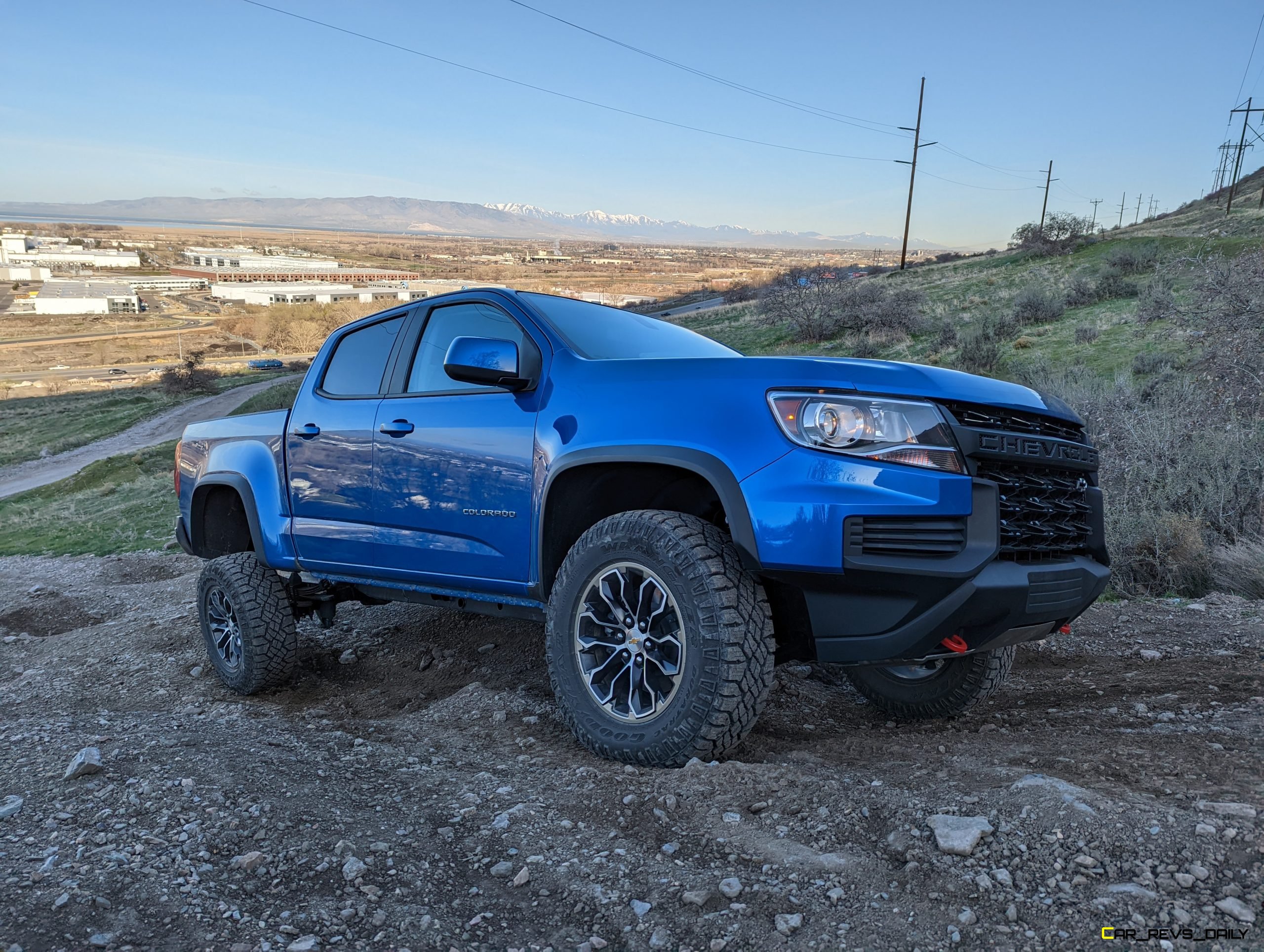
Matthew Barnes is an experienced towing expert. He works as a mechanical engineer and his day job involves testing a variety of vehicles while towing trailers of all types and sizes. Matt shares his knowledge by writing for automotive news outlets in the evenings. When he’s not working he can be found spending time in the great outdoors with his family. He enjoys camping, hiking, canyoneering, and backpacking. Whenever possible he spends time riding in or on any power sports vehicle he can find and claims he can drive anything with a motor, which probably isn’t true.
Matt lives in the Utah mountains and often posts cool off-roading videos to his Instagram and YouTube channel.


